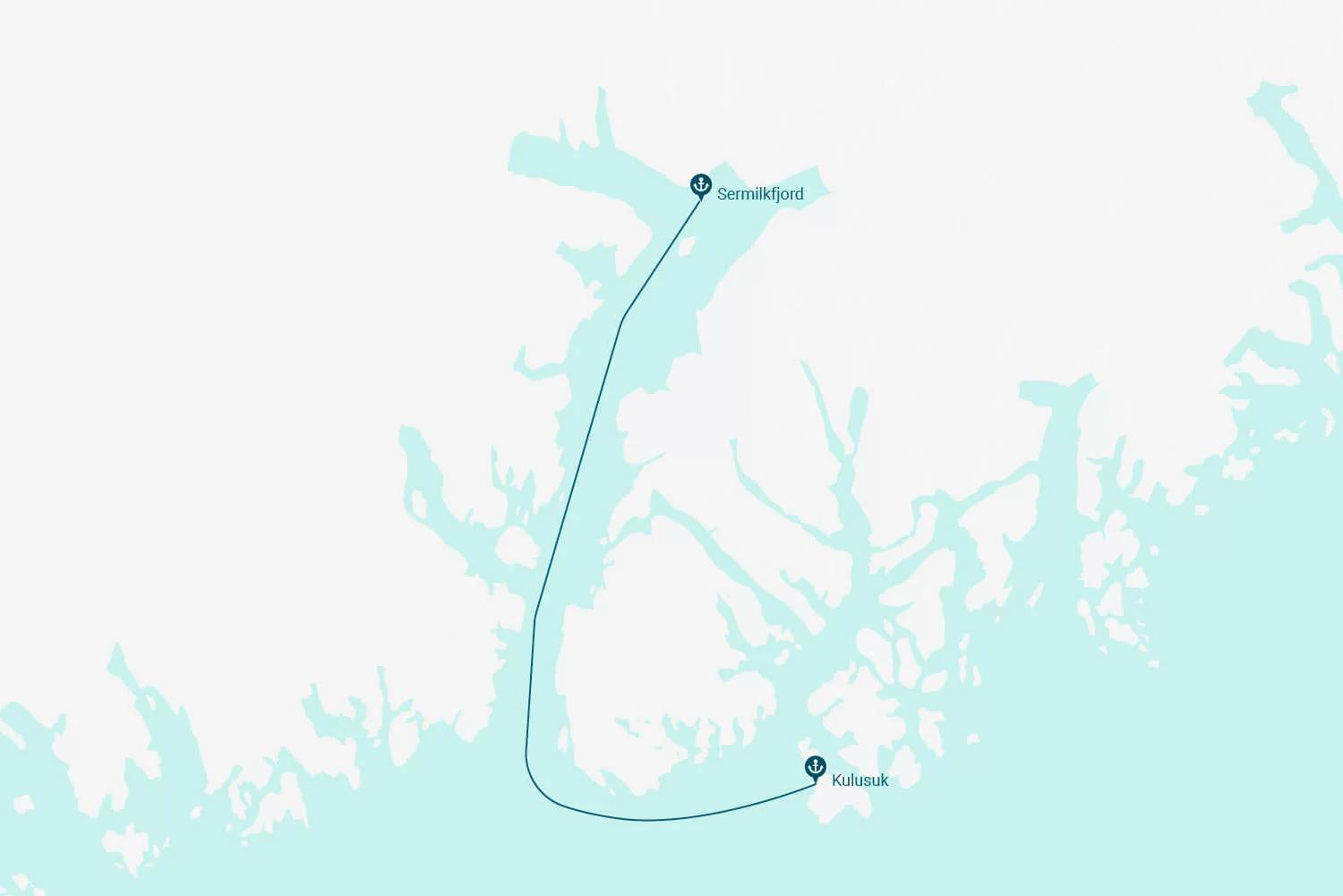GREENLAND
10 DAYS | PRICE: 6’500 €
Greenland, so named by the Norwegian explorer Erik Thorvaldsson (known as “Erik the Red”) around 985, is both the largest island and the least densely populated region on Earth. Located between the Arctic and Atlantic Oceans, three-quarters of Greenland is covered by a permanent ice sheet.
Close to ninety percent of the population are Inuit. Hunting and fishing remain their principal activity, as their ancestors thousands of years ago. As Danish writer Jørn Riel puts it “they have the sixth sense that we have lost”, friendly and caretaking.
Departures: |
| ||||||||||||||
Embark: | Kulusuk | ||||||||||||||
Disembark: | Kulusuk | ||||||||||||||
Guests: | 6 + 1 | ||||||||||||||
Greenland, so named by the Norwegian explorer Erik Thorvaldsson (known as “Erik the Red”) around 985, is both the largest island and the least densely populated region on Earth. Located between the Arctic and Atlantic Oceans, three-quarters of Greenland is covered by a permanent ice sheet.
Close to ninety percent of the population are Inuit. Hunting and fishing remain their principal activity, as their ancestors thousands of years ago. As Danish writer Jørn Riel puts it “they have the sixth sense that we have lost”, friendly and caretaking.
Arriving during the Arctic summer, we will be exploring the remote east coast, a large proportion of which is covered by the world’s largest natural park. It is also the most isolated region – ice blocks access to the region 9 months of the year – home to only 3’500 inhabitants on a coastline 2,500km long.
At that time of the year, temperatures range from 4-9 degrees on average, but the generally dry air makes it milder than you may expect.
Airports: To reach Greenland, Icelandair has a service all year round from Reykjavik (international connecting hub) to Kulusuk , or, if you wish to travel from Copenhagen, with a stopover in Nuuk.
KULUSUK
The colourful village of Kulusuk, often surrounded by floating icebergs, is the gateway to East Greenland. You can fly to Kulusuk from Reykjavik (international hub) or Nuuk.
This mythical area was first explored by the Europeans only in 1884 and therefore it still reflects much of its original Inuit culture. It is inhabited by 250 residents and was previously known by its Danish name, Kap Dan. You may want to allow time before embarking to hike the 300-meter tall Isikajia hill. From the top you have an excellent view of the Denmark Strait, the icebergs, the fjord system, Tasiilaq island and the coastline.
The town itself is a traditional Greenlandic village, where hunting and fishing are the very essence of the villagers’ routine.
Over our two-week journey, we will explore remote fjords making their way deep into land, namely in the Sermilk and Ammassalik Fjords. We will sail past their imposing and majestic glaciers, circle around uniquely shaped icebergs and silently glide over water to observe the Arctic fauna.
SERMILK FJORD
This fjord, whose name 'Sermilik' means 'place with glaciers' is located at the southern end of King Christian IX Land, west of the Ammassalik fjord. It is one of the largest fjords in the south-eastern coast of Greenland and stretches inland in a roughly northern direction, splitting into two branches at its head. It culminates in multiple glaciers including the Helheim, Fenris and Midgard glaciers, which feed a constant flow of icebergs into the fjord. The far, western flank of the fjord is inundated by Greenland's icecap, second only in size to Antarctica. Surrounded by a steep mountainous shoreline and filled with sculpted icebergs, it makes for a spectacular setting.
Fridtjof Nansen hoped the fjord might offer a route to the icecap for his 1888 expedition to cross Greenland. But his attempt to enter the fjord was thwarted by the outflow of ice, which pushed his team hundreds of miles southward before they managed to land.
TASIILAQ
The settlement of Tasiilaq is located about 15 km east from the mouth of the Sermilkfjord.
With 1,985 inhabitants (2020), it is the most populous community on Greenland’s eastern coast, and the country’s seventh-largest town . The Sermilik Station, dedicated to the research of the nearby Mittivakkat Glacier, is located nearby.
TINTEQILAAQ
A small village, c.a. 20 km north of Tasiilaq, overlooking the Sermilk Fjord, with magnificent views of the many icebergs calved from the big glaciers at the head.
TASIILAQ FJORD
Tasiilaq Fjord forks to the NE at the head of Ammasalik Fjord, giving access to a large area of high and dramatic mountains.
THE WILDLIFE
Despite being the world’s largest island, Greenland’s human settlements are confined to its ice-free coast, with the island’s barren interior making up one of the world’s last great remaining wildernesses.
While sailing we will have the chance to hear the deep breath of the whales, and slow down to let them approach the boat. Whales are a common sight in Greenland, especially in the summer months. Greenland is home to more than 15 species of whales including the widely known Narwhal, bowhead and humpback species.
Although relatively scarce, it is still possible to see the Polar Bear when exploring the area. The bears can be spotted near the populated towns of Greenland in summers when they drift down with the floating ice boulders. Seals are their main food source, and both predator and prey spend most of their time around sea ice.
The itinerary of our expedition will depend on ice and weather conditions. Note that this voyage is to remote parts of the world and the Skipper may alter itineraries without advance notice due to weather, sea or ice conditions.
It is not uncommon to encounter curious seals, while listening to icebergs crumbling in the distance, or spot an arctic fox on the coast.
The birdlife is extremely rich, with the little auk (the size of a starling but black and white, like a penguin) as the most numerous seabird in the country. They spend the winter out at sea, only coming to land to breed in the short Arctic summer, living in spectacular colonies.

DAY 1
- Arrival to airport and transportation to the sailboat.
- Welcome by the crew, checking and storage of gear, accommodation in cabins.
- Review of the boat, safety briefings by skipper and guide.
- Setting sail towards the initial anchorage, first dinner onboard.
DAY 2-9
- Sailing and exploration in the designated areas.
- We will endeavor to maximize time spent onshore and in explorations with our dinghy. Depending on weather conditions and the specific area, we may select more than one landing spot on given days.
DAY 10
- Arrival to port in the morning.
- Disembarking and transportation to Airport
- Stay onboard the ship for the specified voyage duration
- Professional skipper, chef and professional guide
- Standard offshore lifejacket and lifeline
- Shore landings and tours with the dinghy
- Bedding and towels
- Onboard food (breakfast, lunch, snacks, dinner), hot beverages and non-alcoholic beverages
- Fuel and all port dues
- Air fares to and from departure point.
- Insurance (personal medical, travel, cancellation, etc)
- Alcoholic beverages.
- Food and beverages on the day of arrival until boarding
- Ski, trekking or other outdoor activity gear.
- Voice and data communication using onboard equipment.
- Entry fees into parks, museums, etc
